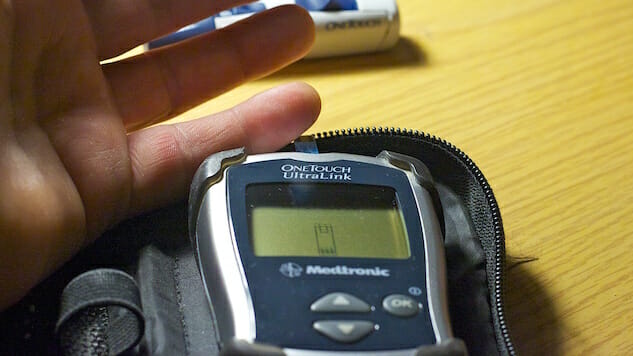Introducing Endless Mode: A New Games & Anime Site from Paste
Although most people know it’s not safe to drive while under the influence of drugs or alcohol, people drive on empty stomachs all the time. However, for some drivers, both situations can be equally dangerous, as getting behind the wheel with low blood sugar can be an extremely hazardous decision.
Hypoglycemia occurs when the level of glucose in the blood drops below normal. Depending on the severity of this drop, symptoms vary. However, some of hypoglycemia’s common indicators can include headache, dizziness, sweating, hunger and tremors—among other things.
In severe cases, seizures and even loss of consciousness can occur. Doctors liken this loss of consciousness to what many refer to as a “blackout” that accompanies alcohol and drug overuse. This is why hypoglycemia that occurs while a person is driving can be so dangerous. The person loses all perception of control and has the potential to not only harm themselves, but other drivers and passengers—just like a drunk driver.
In April of 2011, the American Associate of Clinical Endocrinologists released the results of an online survey that was taken by more than 2,500 Americans with type 2 diabetes. According to the results, nearly 19% had experienced hypoglycemia while driving.
Though a large portion of this 19% probably did not experience the severity of a blackout while driving, the results of the survey still demonstrate potential dangers. It is highly recommended that those who suffer from hypoglycemia check their blood sugar levels before taking the wheel, especially because some symptoms can easily be overlooked. In fact, if you are pulled over on the road, officials have the ability to examine blood sugar records. If these prove that you did not check your blood sugar before driving, your license may be taken away.
In order to avoid consequences, check your blood sugar before driving. If it is low, eat or drink either 15 grams of a simple carbohydrate, four glucose tabs or four ounces of soda or fruit juice. All of these options will assist in normalizing blood sugar and getting levels back to where they need to be before getting behind the wheel, and will lead to a much safer drive.
Photo: Alan Levine, CC-BY
Elizabeth Chambers is a health intern with Paste and a freelance writer based out of Athens, Georgia.
